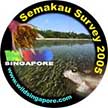
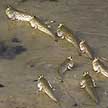
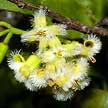
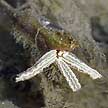
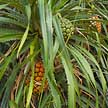
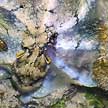
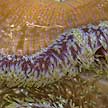
Background on Semakau what is a landfill and can it co-exist with wildlife? 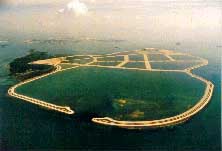 taken from "Towards Enviromental Sustainability: State of the Enviroment 2005 Report" on the NEA website (PDF file) From 1970 to 2000, the amount of solid waste disposed of increased six times to 7,600 tonnes per day. At this rate, Singapore will need a new incineration plant every 5-7 years and a 350-hectare landfill every 25-30 years. This is unsustainable for a small city-state.
Pulau Semakau began its life as an offshore landfill in 1999, when the last remaining landfill on Singapore’s mainland had been exhausted. Covering 350 hectares, it has a capacity of 63 million cubic metres and an expected lifespan of 30 to 40 years. The landfill space was created by enclosing Pulau Semakau and a small adjacent island (Pulau Sakeng) with a rock bund. The bund is lined with an impermeable membrane and a layer of marine clay to ensure that used water generated in the landill is contained within the landfill area. Monitoring wells dot the perimeter at 100-metre intervals to measure the surrounding water quality. Today, all non-incinerable waste and incineration ash are loaded into barges which make the 25-km sea journey from Tuas Marine Transfer Station to Pulau Semakau. The barges are equipped with hatch covers to prevent waste from being blown off during transportation. Once the waste arrives, huge excavators transfer it onto large, off-road trucks. The waste is then transported to the tipping sites for final disposal. Five years on, birds and plants are thriving on Pulau Semakau, and the air quality remains good. This idyllic state is possible due to the careful construction of the landfill space. Efforts were made to protect the marine ecosystem, especially mangroves and corals near the landfill. 13 hectares of mangrove were replanted to replace those removed during construction of the bund. The replanted mangroves now also serve as a biological indicator of the safety and ecological soundness of the landfill. Links and background see Pulau Semakau general info page |